PFG Launches New Lineup of Strategy Funds
New suite leverages model-based fund selection and proprietary risk software to tailor volatility targets.
September 11, 2025

Strategy-Driven, Risk-Calibrated
Pacific Financial Group (PFG) has rolled out a new lineup of mutual funds aimed at helping investors match portfolio exposure with specific risk preferences. These funds are structured as fund-of-funds, offering access to well-known managers like Capital Research, Fidelity, and JP Morgan. The strategies span the full spectrum—from conservative income to aggressive growth—and are built for long-term investors who want risk-aligned diversification without managing dozens of individual positions.
Each fund is designed around a clear investment objective. Some, like the Conservative Income Strategy Fund, focus on stability and steady income. Others, including the Growth and Tactical Aggressive funds, are built for long-term capital appreciation and can take on more market volatility.
Underlying all of them is RiskPro®, a proprietary software tool developed by an affiliate of the adviser. RiskPro runs a rolling 12-month forecast of a fund’s expected volatility, using historical market data and comparing it to benchmarks like the S&P 500. The tool doesn’t predict returns, but it gives investors a forward-looking sense of how much a strategy might move—up or down—over the course of a year. For example, the Conservative Income fund is managed with a volatility target under 15%, while the Growth Strategy Fund allows for swings beyond 30% depending on market conditions.
RiskPro doesn’t see every underlying holding in real time, so estimates aren’t perfect—but it gives the portfolio team a framework to monitor alignment between market conditions and investor expectations.
How the Funds Are Built
Each fund invests primarily in ETFs or mutual funds managed by the named strategy provider. That means if you're in a Fidelity-branded fund, you’re getting exposure to Fidelity-managed products; same goes for JP Morgan, Capital Research, and others. In most cases, 80% or more of the assets are allocated to those “underlying” funds.
Some funds focus on U.S. equities, others on global bonds or diversified blends. Sector exposure can vary depending on the underlying manager’s allocations. Asset selection is data-driven and reviewed regularly, with portfolio updates informed by model portfolios and macro analysis from the affiliated managers.
While the strategies differ in terms of exposure, they all share a similar structure: no upfront or deferred sales charges, and no minimum investment required. Annual fund operating expenses generally range between 1.98% and 2.33%, depending on the specific mix of management fees and acquired fund costs.
Who These Funds Are For
The funds are available to all investors but are primarily designed for use in retirement accounts like IRAs, pensions, and other tax-advantaged plans. Shares can be purchased and redeemed on any day the NYSE is open, and clients can invest through their financial advisers, broker-dealers, or other intermediaries.
This structure makes the funds a fit for financial professionals who want scalable access to diversified strategies, as well as individual investors seeking hands-off exposure to managed portfolios tailored to different risk levels.
Risk Factors and Considerations
Every fund comes with a clear outline of risk factors, which depend on the composition of the underlying holdings. These range from equity market volatility and fixed income sensitivity to credit risk, foreign exposure, and high-yield debt. Many funds have exposure to small- and mid-cap companies, which can be more volatile than large-cap names. Others may concentrate in sectors depending on how the underlying ETFs are positioned.
Funds with higher portfolio turnover rates may trigger more frequent transaction costs and, in taxable accounts, capital gains. The layered structure of investing through multiple funds also means management fees stack—something investors should factor into return expectations.
Still, for those who want a risk-calibrated way to stay diversified and invest across a range of strategies, PFG’s new fund suite offers a streamlined path forward. The addition of RiskPro helps advisers and investors evaluate whether a fund’s expected volatility lines up with their tolerance—and adjust accordingly.
Greg Silberman, who joined as portfolio manager in March 2025, oversees day-to-day investment decisions across the series. He works closely with partner fund managers and leans on both the RiskPro engine and market research to guide allocations.
The full range of strategies and their associated materials are available through the PFG website and financial intermediaries.
Share
Read More Articles


